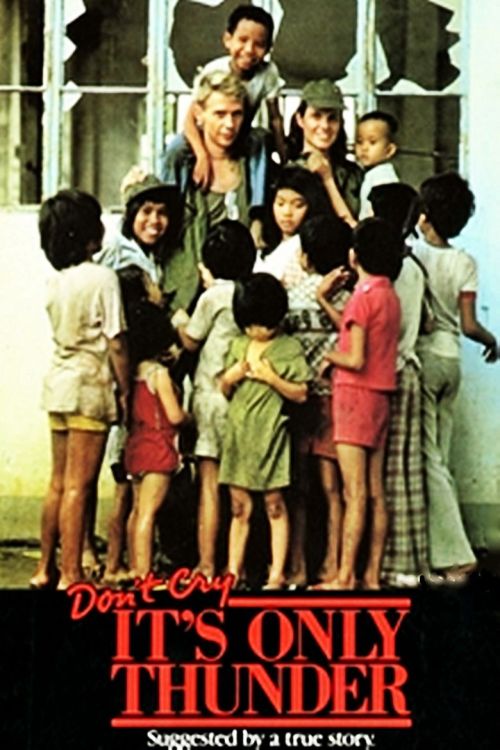
By Richard Winters
My Rating: 9 out of 10
4-Word Review: Tankers stranded in desert.
During the invasion of Afghanistan in 1981 a group of Soviet tanks roll into a small village and callously bomb every home and building to a cinder. One of the tanks, led by Commander Daskal (George Dzundza), orders his driver Konstantin (Jason Patric) to run over an Afghan man to the shock and horror of everyone else. When Taj (Steven Bauer), who is one of the Afghan fighters, returns to the village and sees all the carnage, including the death of his father and brother, he becomes committed to seek revenge. He assembles a small group of fighters to go out into the desert to search for the tank, which they call the beast, and which has become lost when it takes a wrong turn and thus stranding them in the middle of nowhere with no option but to turn around and go back to where they came from, which they want to avoid. As the gas and rations become scarce the tensions mount particularly between Daskal and Konstantin who share widely different viewpoints as well as with Samad (Erick Avari) an Afghan interpreter who Daskal no longer trusts and now considers to be a traitor.
This film was requested for review by a reader of this blog named Nick (it was requested over a year ago and I do apologize that I got caught up with things and forgot about watching it). What struck me though is how he said it was such a gripping film and one of the best war movies, in his opinion, ever made and yet few people, including myself, had ever heard of it. I figured if the movie was as great as he said it should be better known and feared it might not live up to his billing, but when I watched it I found myself just as caught up in it as he said and impressed with how emotionally compelling it was from beginning to end.
Why this great film fell into obscurity and was dismal at the box office where it managed to only recoup a paltry $161,000 out of an $8 million budget is yet another example of the cruelty of the Hollywood business. It was directed by Kevin Reynolds who had just come-off doing the breezy road comedy hit Fandango and who wanted to follow that up by doing something completely different. He decided to do a filmization to the stageplay ‘Nanawatai’ by William Mastrosimone who was inspired to write the play after witnessing a group of mujahideen fighters capture and execute a Soviet tank crew in 1986. David Puttnam, the then head of Columbia Pictures, loved the script and threw his full support to the project. However, during the course of the filming Puttnam was ousted and Dawn Steel took over. She wasn’t as enthusiastic about the movie and when it was completed it got released to only a few theaters with no promotion. Few people heard or saw it and it went into oblivion only to finally several decades later get the recognition it deserved through the release of the DVD and has now acquired a fairly sizable cult following.
The use of a hand-held camera and graphic violence, including seeing the man get run over by a tank and then afterwards the remains of his mangled body, all help accentuate the harsh realism of war. Having it shot in a desert in Israel helps add to the authenticity as deserts in North America look different and cannot match the distinct topography of a Middle Eastern one. Leonard Maltin in his review, which I didn’t read until after viewing the film, describes the plot as ‘predictable’ and the pace ‘ponderous’ while the characters are in his opinion ‘stereotyped’, which I couldn’t disagree with more. While I haven’t seen every war movie out there I found this one to have many intriguing twists that I wouldn’t have guessed. The characters have distinct personalities and the pace is perfect with each scene and line of dialogue opening up a new story wrinkle.
My only two complaints is that the Afghan townspeople at the beginning are a bit too blissful as after all a war was going around them, which they were aware of, so I’d have thought they’d be more guarded and only cautiously gone outside if completely needed versus behaving as if they’re in a bubble with no worries about the horrors around them until it finally happens. The Russian soldiers are too Americanized. Great effort was put into the Afghans to make them seem authentic including having them speak in their native tongue with subtitles, but actors playing the Russians not only speak in English, but do it with American accents. I’m okay with them talking in English as forcing them all to learn Russian would’ve been too exhausting and requiring the movie to be completely subtitled, so I’m okay with that compromise, which seemed almost necessary. I presume for the project to get financed the studio insisted on American actors to play the parts in order to make it more marketable, so I understand that concession as well, but at least have them sound Russian should’ve been a requirement as many times throughout the movie I had to keep reminding myself this was a Russian army as outside of George Dzundza’s brilliant performance, the rest hardly seemed foreign in any way.
Alternate Title: The Beast of War
My Rating: 9 out of 10
Released: September 16, 1988
Runtime: 1 Hour 51 Minutes
Rated R
Director: Kevin Reynolds
Studio: Columbia Pictures
Available: DVD, Amazon Video, Tubi










